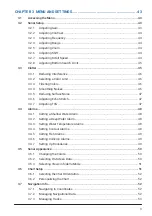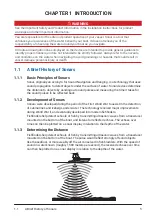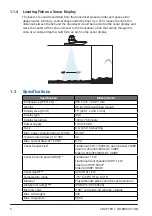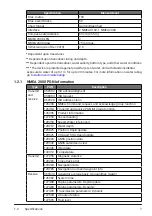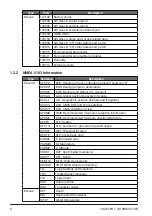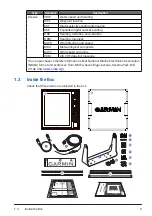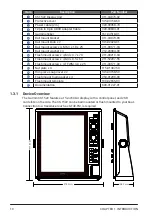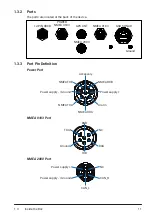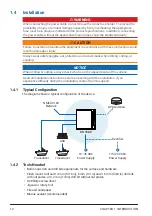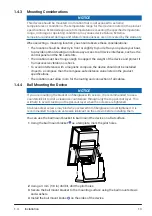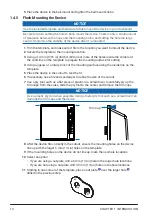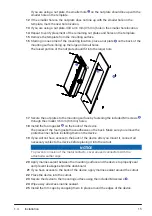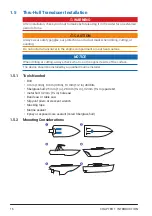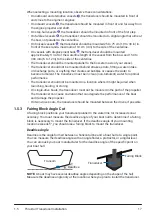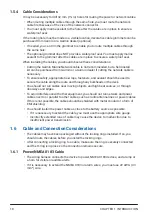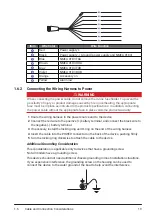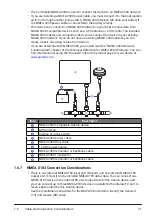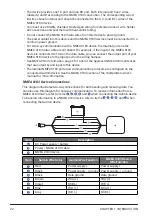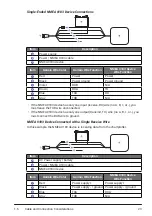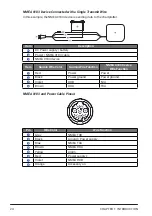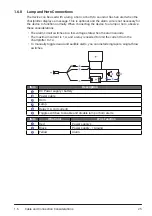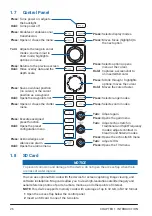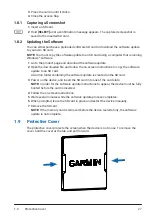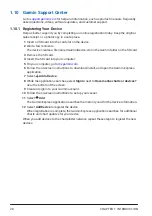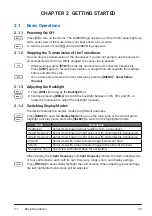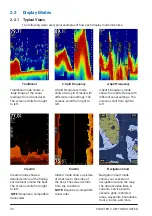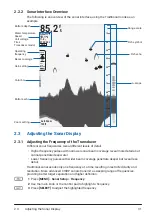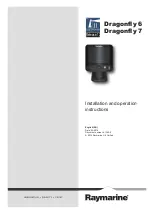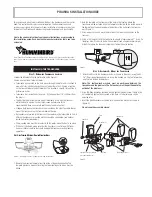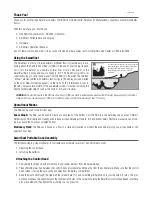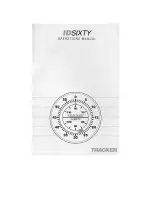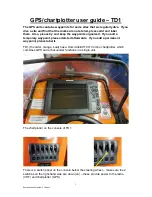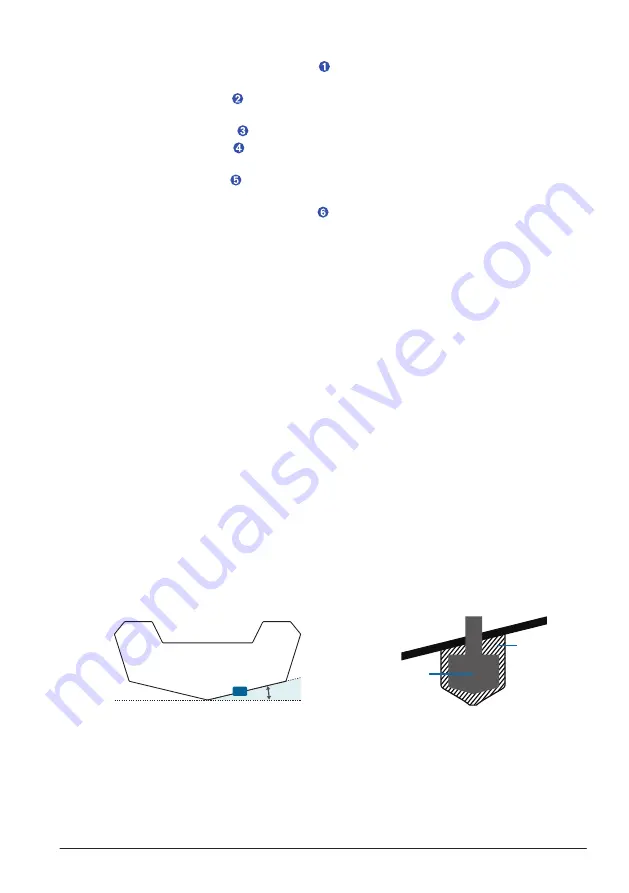
1.5
Thru-Hull Transducer Installation
17
When selecting a mounting location, observe these considerations:
• On outboard and sterndrive vessels , the transducer should be mounted in front of
and close to the engine or engines.
• On inboard vessels , the transducer should be mounted in front of and far away from
the engine propeller and shaft.
• On step-hull vessels , the transducer should be mounted in front of the first step.
• On full-keel vessels , the transducer should be mounted at a slight angle that aims at
the bow, not parallel to the centerline.
• On fin-keel vessels , the transducer should be mounted 25 to 75 cm (10 to 30 in) in
front of the keel and a maximum of 10 cm (4 in) to the side of the centerline.
• On vessels with displacement hulls , the transducer should be mounted
approximately 1/3 aft of the waterline length of the vessel from the bow, and 150 to
300 mm (6 to 12 in) to the side of the centerline.
• The transducer should be mounted parallel to the bow-stern axis of your vessel.
• The transducer should not be mounted behind strakes, struts, fittings, water intake
or discharge ports, or anything that creates air bubbles or causes the water to
become turbulent. The transducer must be in clean (non-turbulent) water for optimal
performance.
• The transducer should not be mounted in a location where it might be jarred when
launching, hauling, or storing.
• On single-drive boats, the transducer must not be mounted in the path of the propeller.
The transducer can cause cavitation that can degrade the performance of the boat
and damage the propeller.
• On twin-drive boats, the transducer should be mounted between the drives, if possible.
1.5.3 Fairing Block Angle Cut
A fairing block positions your transducer parallel to the water line for increased sonar
accuracy. You must measure the deadrise angle of your boat hull to determine if a fairing
block is necessary to mount the transducer. If the deadrise angle of your mounting
location exceeds 5°, you should use a fairing block to mount the transducer.
Deadrise Angle
Deadrise is the angle formed between a horizontal line and a boat hull at a single point.
You can measure the deadrise angle with an angle finder, a protractor, or a digital level.
You can also ask you boat manufacturer for the deadrise angle of the specific point on
your boat hull.
Transom
Transducer
Fairing Block
Deadrise
NOTE:
A boat may have several deadrise angles depending on the shape of the hull.
Measure the deadrise angle only at the location where you plan to install the transducer.
Summary of Contents for CS 1522
Page 1: ...CS 1522 Professional Fishfinder Owner s Manual...
Page 44: ...CHAPTER 2 GETTING STARTED 42...
Page 72: ...CHAPTER 5 APPENDICES 70...
Page 73: ......

